What’s the Buzz
The Bee Healthy Blog
What Are the Different Menstrual Cycle Phases?

In the years between puberty and menopause, a woman’s reproductive tract goes through a number of hormone-driven changes every month to prepare for a possible pregnancy. This is called the menstrual cycle. Please continue reading to learn more about the four phases of the menstrual cycle.
What is a normal menstrual period?
Menstrual cycles start at an average age of 12 to 13, but they can start anytime between the ages of 9 to 16 years. The first period is called menarche.
Menstruation prepares a woman’s body for pregnancy. The menstrual cycle begins with the development and release of an egg from an ovary. At the same time, the uterine wall is thickened by hormones in case fertilization occurs and results in a pregnancy. If a pregnancy doesn’t happen, the lining of the uterus sheds, resulting in menstrual bleeding. This is followed by the next menstrual period, when the cycle is repeated.
The menstrual cycle length is measured from day 1 of menstrual bleeding of one period to day 1 of menstrual bleeding of the next period. The average length of a menstrual cycle is 28 days, but some women may have longer or shorter menstrual cycles. In general, teenagers tend to have longer cycles of up to 45 days, whereas young women in their 20s to 30s typically have a menstrual cycle length of 21-38 days.
Most women stop getting their menstrual period at an average age of 50-52 years, but some can continue until age 60. The stopping of menstruation is called menopause.
What are the phases of the menstrual cycle, and what happens in each?
The four main phases of the typical cycle are briefly described below:
Menstruation
Menstruation (commonly called the “period”) is the first phase of the menstrual cycle. It occurs when an egg released in the previous menstrual cycle is not fertilized. Because pregnancy has not occurred, estrogen and progesterone hormone levels drop, and the uterus sheds its thickened lining that was built up to support a pregnancy. As a result, menstrual blood flows out of the vagina. Period blood contains blood, mucus, and some uterine tissues. On average, menstruation lasts 3-7 days.
Follicular Phase
This follicular phase starts on the first day of menstrual bleeding and lasts for 14 days (range 11-27 days). It ends in ovulation (the release of an egg from the ovaries). This menstrual phase is triggered by the pituitary gland in the brain, which releases a hormone called the follicle-stimulating hormone (FSH). FSH stimulates the production of 5-20 follicles (fluid-filled sacs containing immature eggs). Typically, only one follicle matures into an egg any time between the 10th to 14th day of your period. All the follicles except the dominant follicle are reabsorbed by the body. At the same time, the maturing follicle triggers a surge in estrogen, which causes the uterine lining to thicken in preparation for possible fertilization and pregnancy. The follicular phase ends with ovulation.
Ovulation
The ovulatory phase is the only phase of the menstrual cycle when you can get pregnant. This phase begins when an ovary releases a mature egg. This occurs when the pituitary gland in the brain sends chemical messengers, such as the luteinizing hormone (LH), which start the process of ovulation. The released egg moves through the fallopian tube into the uterus. The ovulation phase happens about 14 days before the next menstrual period, right in the middle of your menstrual cycle if it is a 28-day cycle. Once an egg is released from the ovary, it can survive for 24 hours (range 16-32 hours). If sperm fertilizes an egg during this time, it results in a pregnancy. However, the fertile window begins 5 days before ovulation. The chances of pregnancy are highest in the 3 days leading up to and on the day of ovulation.
Luteal Phase
Once ovulation has occurred, the reproductive system prepares for a possible pregnancy by releasing certain hormones (mainly progesterone and some estrogen) from the corpus luteum, a temporary ovarian structure. These hormones support the thickening of the uterine lining. If a fertilized egg gets implanted in the uterus, the corpus luteum continues to make progesterone and estrogen hormones to support the pregnancy. The body also produces human chorionic gonadotropin (hCG), a hormone that is detected by pregnancy tests. If there is no pregnancy, the corpus luteum disintegrates, progesterone levels drop, and there is the onset of your period 2-3 days later. The average luteal phase lasts 14 days (range 11-17 days).
What are the symptoms of menstruation?
Symptoms during the menstrual phase include lower abdomen cramps, bloating, breast tenderness, low back pain, headaches, fatigue, irritability, and mood swings.
What are the symptoms of the follicular phase?
Many women report feeling like themselves again during the follicular phase with higher energy levels, increased sex drive, more focus, and a happy mood.
What are the symptoms of ovulation?
There can be a slight rise in basal body temperature at the time of ovulation. Also, the vaginal discharge is thicker and has an egg-white-like texture.
What are the symptoms of the luteal phase?
If you don’t get pregnant, you can experience premenstrual syndrome (PMS) during the luteal phase. Premenstrual symptoms include mood changes, breast tenderness, bloating, high body weight, headache, trouble sleeping, changes in libido, and food cravings.
What phase of the menstrual cycle are you the strongest?
You may be strongest during the follicular phase of the menstrual cycle. This phase starts on day 1 of your menstrual cycle and is associated with lower hormone levels. It is believed to be the ideal time for high-intensity training. In contrast, the luteal phase (14 days before your cycle starts) may be the time when you are weakest because your body is preparing for pregnancy with high hormone levels.
With that said, studies have found that overall strength is very similar during all the menstrual cycle phases with very small, if any, differences in exercise ability.
When to see your doctor for menstrual cycle abnormalities?
You should make an appointment to see your healthcare provider if you have:
- A period pattern that is different from your usual.
- Excessive blood loss (heavy bleeding requiring a change of sanitary pad or tampon more than every 2 hours).
- Menstrual bleeding for more than 8 days.
- Periods less than 21 days apart.
- Periods more than 8-12 weeks apart.
- Bleeding between periods.
- Bleeding after sexual intercourse.
- Painful periods that make it difficult for you to do your routine activities.
References:
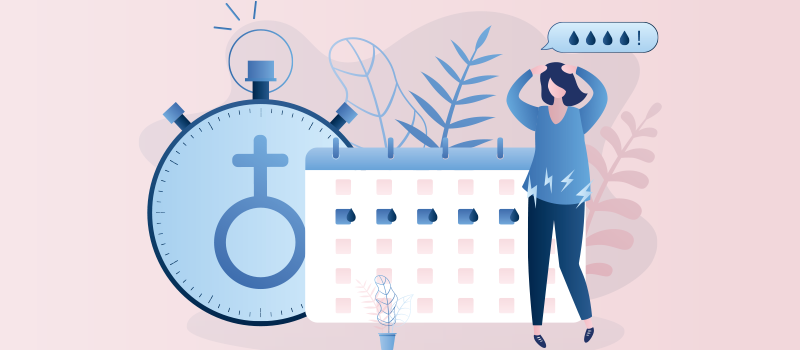
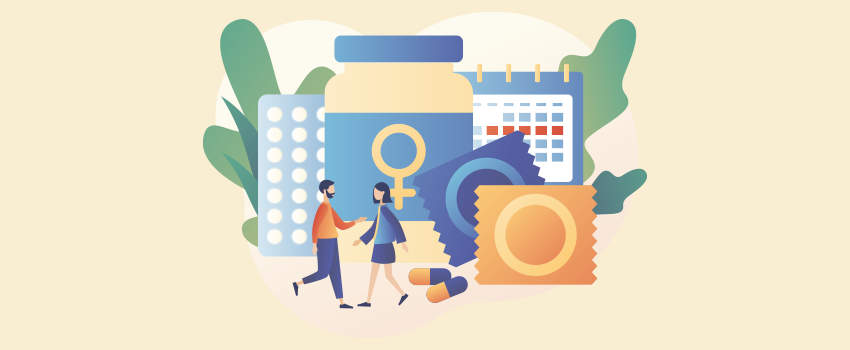


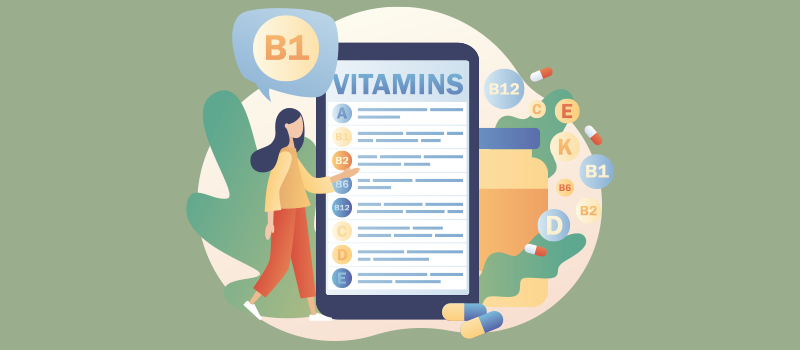



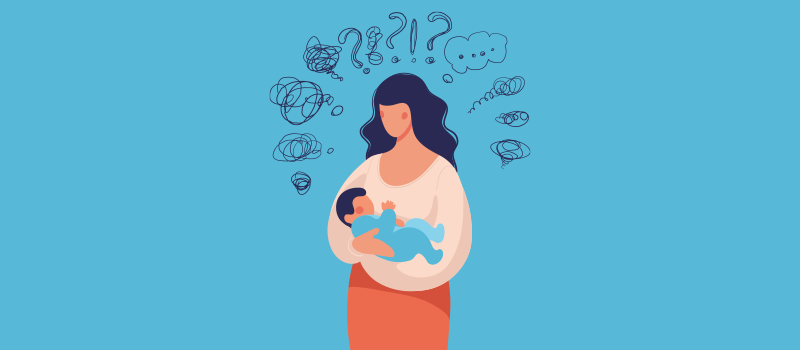

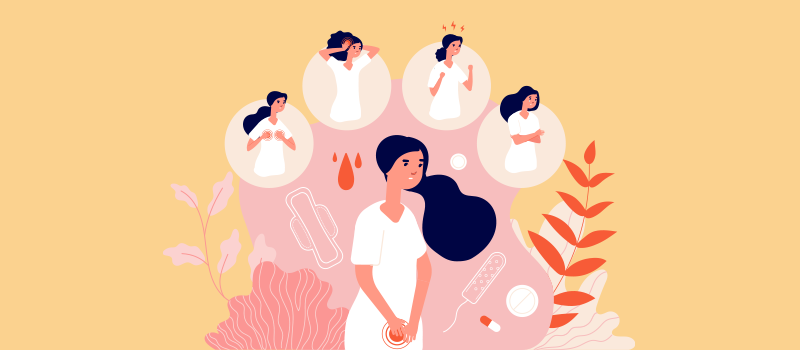

SOCIAL